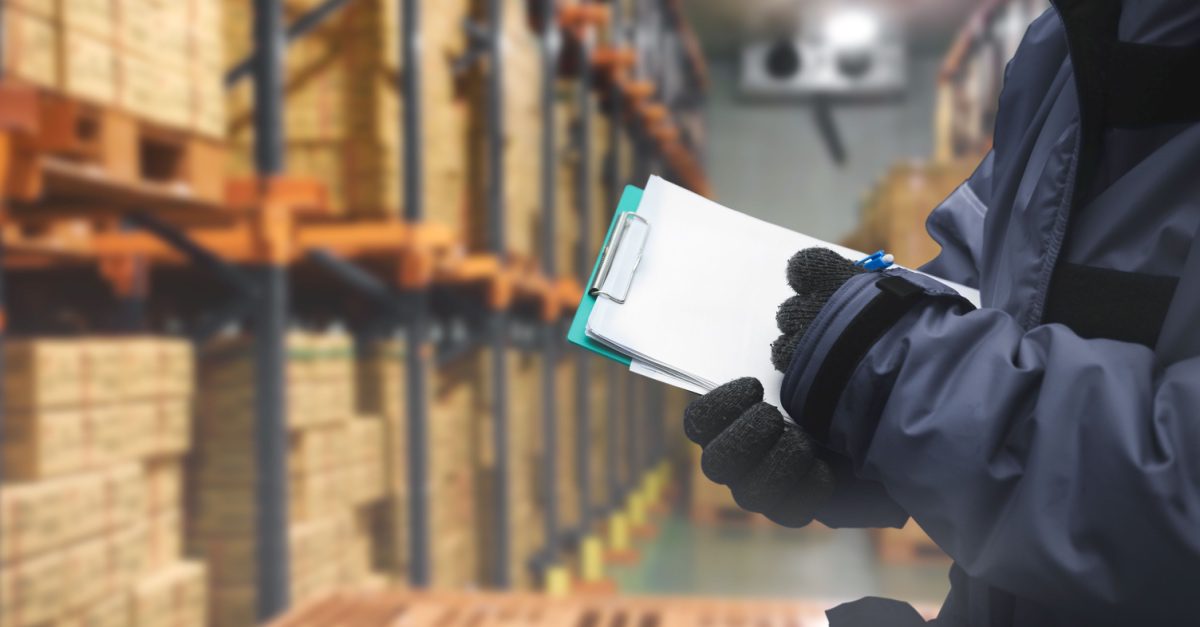Frozen freight shipping can be challenging to manage, especially when you consider the nature of the frozen freight and how important remaining in a frozen state is to its life span. Suddenly, you have to make room for infrastructure, expertise, and tools that will help get the frozen freight to where it needs to be without causing damage to it.
Because of the type of cargo being transported, there is a demand for speed and additional resources. Both of these can be very expensive to come by. It can also tell about the demand cost of operations, leading to lower profit margins for shippers and brokers.
The trick is to get it right, and in this article, we will explore seven tips for achieving cost-effectiveness and efficiency in your frozen freight.
Tip 1: Protecting Your Frozen Assets
Transporting your cargo at the right temperature is great, but that freight may not get to its destination in good shape without the right protection. This is why packaging is a big deal during the reefer process. However, packaging depends on the type, length of journey, and nature of the freight being transported.
The packaging you use for the frozen foods supply chain will differ from that for chemicals or pharmaceutical products. Some examples of packaging for frozen freights are expanded polystyrene boxes, extruded polystyrene boxes, phase change materials, vacuum-insulated panels, and controlled atmosphere packaging.
Using them will depend on the characteristics mentioned earlier. Getting your packaging right will, to a great extent, impact the frozen freight.
Tip 2: Efficient Load Planning
Load planning is vital as it helps maximize space, protect cargo better, and optimize the freight process. There are certain principles to load planning, and they typically involve ensuring product integrity and temperature control during the process. These principles are space optimization, temperature control, and product protection.
Suppose goods are packaged too close to each other. In that case, it will impact temperature flow, meaning some will not get the proper temperature regulation needed to ensure they arrive at their destination in the right condition. You may want to consider using a TMS during load planning.
Tip 3: Real-Time Temperature Monitoring
Temperatures might change during refrigerated transportation. This could be for several reasons, such as the door not closing properly or the temperature regulator getting damaged. Whatever the case, it is not suitable for the cargo. One way to prevent this is through real-time temperature monitoring.
Thanks to advancements in technology, tech tools such as temperature sensors can be used to achieve this remotely. They allow you to ensure your container or trailer maintains the same temperature throughout the entire process.
Tip 4: Cost-Saving Shipping Practices
Although frozen freight logistics might be expensive on paper, it will benefit your operation to find ways and avenues to save costs. There are different strategies one can leverage here, including building relationships with carriers to always get a fair rate, consolidating goods, taking advantage of the return trips of carriers to get a discount, and finally, sometimes you may have to compare and negotiate a lot to find the right supplier with lower costs.
Consolidation is one of the most effective strategies for reducing the cost of shipments. To do this, consider using demand forecasting to plan your supplies, collaborating with other businesses shipping the same type of cargo, and cross-docking strategies such that you can transfer goods between vehicles without storing them.
Tip 5: Accurate Documentation and Compliance
Getting your documentation right will save you a ton of money in fines and negligence fees. It will also ensure seamless payment processing after delivery of frozen freight. To get it right, consider using technology applications to avoid unnecessary paperwork. They will also help you stay compliant.
Tip 6: Building Strong Carrier Relationships
Earlier, we mentioned building carrier relationships as a strategy to save on costs. However, you can achieve much more with this. For starters, consider building strategic partnerships. This means you get in bed with carriers and brokers who will make your business a priority. If you can get it right, you will enjoy reliable, cheaper, transparent, and innovative services.
Building relationships goes a long way to help you streamline and optimize the freight process for efficiency.
Tip 7: Seeking Expert Advice When Necessary
There are situations when the operation may get out of control, cost more than it should, or is simply too inefficient. The tips mentioned in this article are a great way to get things under control, but if you are still experiencing difficulty, it is essential to rely on industry experts.
They have the luxury of getting close and personal with your freight operations, which could help them identify issues or gaps in the overall operation and help you run a better and more seamless process.
Streamlining the Frozen Freight Process with LGI
LGI is run by a team of industry experts who aim to help streamline your freight and logistics process. We have our hands in all forms of logistics, including that of frozen freight. We are not just acclaimed experts; we have the experience, infrastructure, and relationships to back it up.
You can expect a tailored and streamlined approach to your frozen freight needs with LGI. Contact us now.
